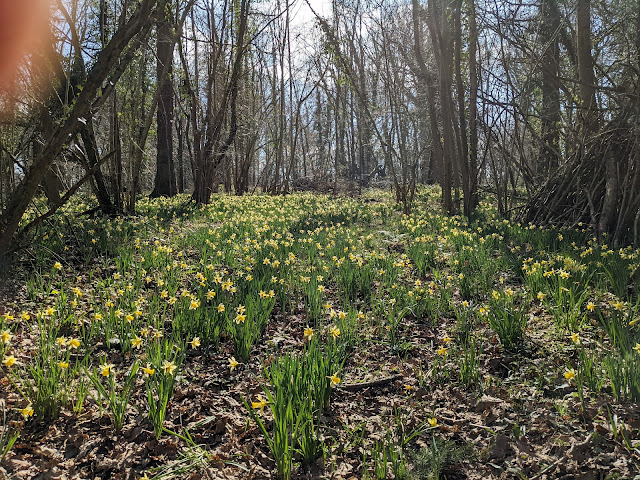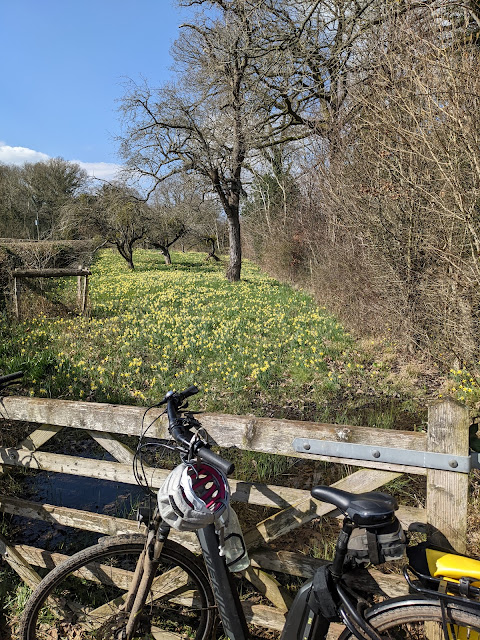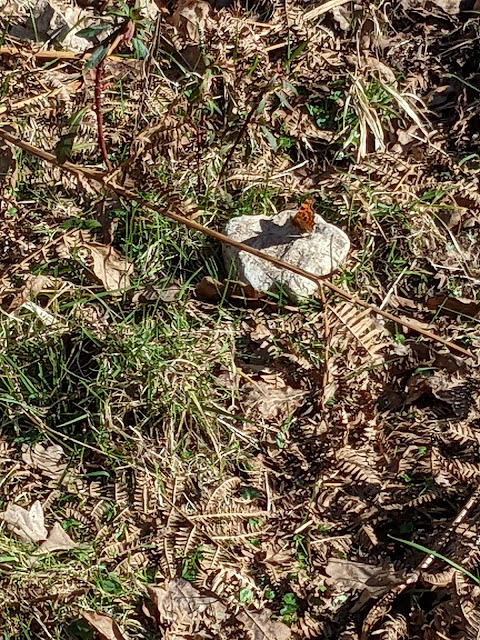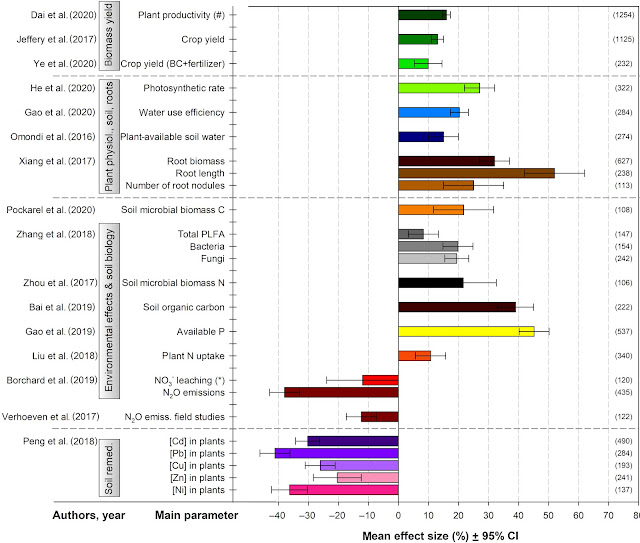As an avid composter, I've been meaning to write a series of articles on how I compost kitchen and garden waste in a small urban garden. I'm shocked, shocked to find my one and only post on this topic was 18 months ago!
From the start, I should emphasize that I will be mainly discussing 'Hot Composting Processes' as I believe this is the best option for urban gardens with limited resources of both space and organic matter (kitchen trimmings/waste and cooked food, lawn cuttings, tree/bush prunings, weeds, leaves, annuals, cut flowers, etc). Hopefully, you will learn more general principles of composting on your journey to Master Composter! Making compost is still very much an art although we know enough of the science for that knowledge to be useful. With a little training and plenty of practice, you will understand more than anyone else what works in your garden.
There are, of course, alternatives if you have even more limited quantities of waste organic materials that you want to compost. For cooked/kitchen waste, try
Bokashi. For raw kitchen waste and small amounts of plant waste, try a
wormery or, even, a
standard compost bin if you are the patient type.
What is Hot Composting?
In simple terms, the 'hot composting' process aims to provide optimal conditions for microbial activity to convert organic waste into rich garden humus as rapidly and efficiently as possible. To achieve this aim, the compost heap needs to spend periods of time at high temperatures (55 ℃ to 65 ℃), warm temperatures (40 ℃ to 55 ℃) and moderate temperatures (15 ℃ to 40 ℃). A secondary, though important, objective is to destroy plant pathogens, fly larvae and weed seeds - this depends, largely, on achieving the highest temperatures.
Other essential factors to consider are moisture content, efficient aeration, pH, particle size, membrane/barrier disruption, range of materials and a biodiverse source of bacteria and micro-organisms. Consequently, the gardener should aspire to optimal conditions but be pragmatic enough to realise she/he will never reach that goal. Life is just not that simple or easy! You might say this is the First Law of Composting!
Commercial and municipal compost systems use the 'hot composting' process so it is beneficial for gardeners to understand, at least in broad terms, how they do it. First, they build the pile (the larger the better) using carefully sorted and graded (in terms of particle size, moisture content and C/N ratio) materials. The pile takes a few days to heat up to the target temperature (60-65 ℃) and is held at this temperature for a week or so. The temperature naturally drops to 40-55 ℃, when the composting process is optimal, and is kept there for a few weeks. Temperature and moisture content are controlled by turning the heap and adding water, if necessary. Finally, as the compost cools to ambient temperatures, the 'curing' or 'maturation' stage is entered, typically for a period of up to a month.
The HOTBIN®
website claims to produce compost in 30-90 days (1 to 3 months) by achieving internal temperatures of between
40 ℃ and 60 ℃. While a useful guide, this is only a guide. Realistically, I suggest you aim for a minimum period of 6 months to produce top-quality garden compost. This is still considerably faster than the 2-3 years using the cold composting method (see below). Your experience may be different because each 'compost process' is unique depending, as it does, on a large number of variables. While we want to mimic, as far as possible, commercial compost operations, we should remember they have access to a wide variety of input materials, along with machinery, monitoring and analytical instrumentation.
Note 1: Although I have not tried it, I suspect if you were to compost fresh grass mowings (source of nitrogen) with, say, shredded cardboard/paper (source of carbon) in the right proportions then some of the very short times - 2 weeks - claimed for 'hot composting' might be achievable. I have strong doubts about the quality of the final product except for its use as a mulch where the composting process continues al fresco!
Note 2: There are some products on the market claiming to produce 'compost' from food scraps in just 24 hours. The manufacturers of these products make plenty of claims but do not support those claims with evidence. As far as I can tell, these machines simply heat, blend and dehydrate kitchen waste and the manufacturers appear to have little or no understanding of how nature composts or, indeed, what compost really is. This equipment is expensive (£400-500?), requires electricity and consumables and is shipped from China. It is not a low-carbon alternative to home composting, whether of the hot or cold variety. Avoid! See
here for someone else's critique on this type of 'composter'.
In summary, I aim to subject organic waste to a regime of temperatures as follows: >60 ℃ or more for 1-3 days and/or >50 ℃ for at least 7 days and, thereafter, to maintain a temperature of 40 ℃ or above for a further 21 days. Do I always achieve these objectives? No, but I always try to! I also include a maturation period of 6 months or more before using the compost in the garden.
Why Compost Hot?
First, consider the option of cold composting. This typically takes place at lower temperatures (ambient to 35 ℃) in an open compost bin and...

...it takes a long time (18 months to 3 years) before you have anything that you can use in the garden. You are more limited in terms of what you can add to the heap (no cooked food, no weed seeds, no diseased plant material). Without some care and maintenance, there is a chance it could turn into a slimy smelly mess which nobody wants to deal with! This set-up can also be used for warm/hot composting if you are prepared to put extra effort into the process; e.g. careful selection of the type of organic waste (C/N ratio, moisture content) and regular turning of the heap to ensure adequate aeration. You will certainly need at least two bins so you can be filling one while the other is maturing and each bin needs to have a volume of at least a cubic metre to ensure sufficient organic mass to heat up and maintain the high temperatures needed for 'hot composting'.
Compared to the cold composting method, some of the advantages of 'hot composting' are fairly obvious.
1. Faster composting by virtue of the Arrhenius equation which describes the effect of temperature on the rate (speed) of chemical reactions. The 'rule of thumb' is that the rate of a (bio)-chemical reaction approximately doubles for every 10 ℃ rise in the temperature of the reaction. In other words, reactions at 20 ℃, rather than 10 ℃, go twice as fast (or take half as long). Moreover, if the reaction temperature is further increased from 20 ℃ to 30 ℃, there is another doubling of the reaction rate (halving of the reaction time); hence, a four-fold increase in reaction rate on going from 10 ℃ to 30 ℃. This relationship should be valid over the full temperature range seen in composting.
So lets compare cold composting (with an average heap temperature of 10 ℃) with a 'hot composting' regime of one week at 50 ℃ (equivalent to 16 weeks at 10 ℃), three weeks at 40 ℃ (equivalent to 24 weeks at 10 ℃) and four weeks at 20 ℃ (equivalent to 8 weeks at 10 ℃). The 'hot composting' process over eight weeks will be equivalent to 48 weeks of cold composting; i.e. six times faster.
2. Killing weeds, pests and pathogens by heat. Why 50 oC or more for a minimum period of 7 days? Well, everyone defers to this scientific paper in Weed Science. Who knew there was a scientific journal called Weed Science? The paper is very easy to read and I recommend it to you. For those short on time, this study looked at the temperature/time combinations needed to kill the seeds of annual sowthistle, barnyard grass, London rocket, common purslane, black nightshade and tumble pigweed. Tumble pigweed was the hardest to dispatch but only took 113 hours (just short of 5 days) at 50 ℃. At 60 ℃, all the seeds were dead after 3 hours. Hence, by my reckoning 7 days at 50 ℃ should see the job done but higher temperatures for a shorter time are even better.
Plant pathogens are more difficult to kill, inactivate or sanitize. I would only add 'diseased' material if the compost temperature is greater than 60 ℃ and likely to maintain this temperature for at least 4 days. There is a risk, of course, but I have never (touch wood) had a problem with recurring diseases from plant pathogens and pests or germinating weeds from the compost I produce. The other option is to dispose of such material through your general waste collection.
3. A wider range of micro-organisms are involved in the decompostion process. Mesophiles perform best below 45 ℃ whereas thermophiles perform best above 45 ℃. The composting process benefits because different micro-organisms can decompose a more diverse range of substrates (e.g. woody versus green materials). Higher temperatures also help with the chemical breakdown of substrates via acid hydrolysis.
4. A hot compost pile is handy for disposing of pests such as slugs and snails - as an alternative to drowning in beer or being killed by slug pellets, salt or nematodes.
In the next few posts, I will be discussing how to put 'hot composting' in a small urban garden into practice.


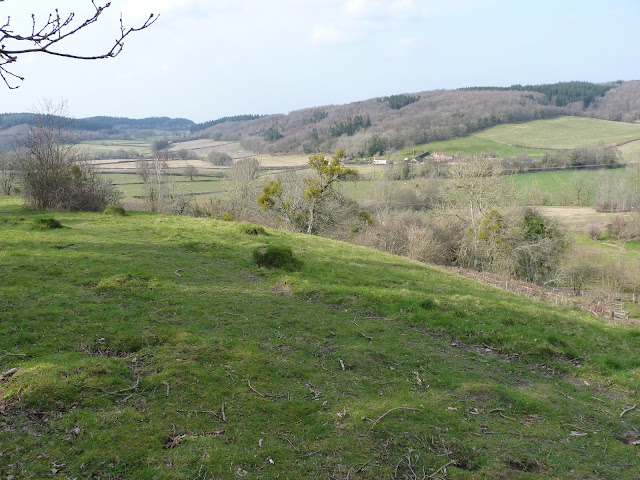













.jpg)


